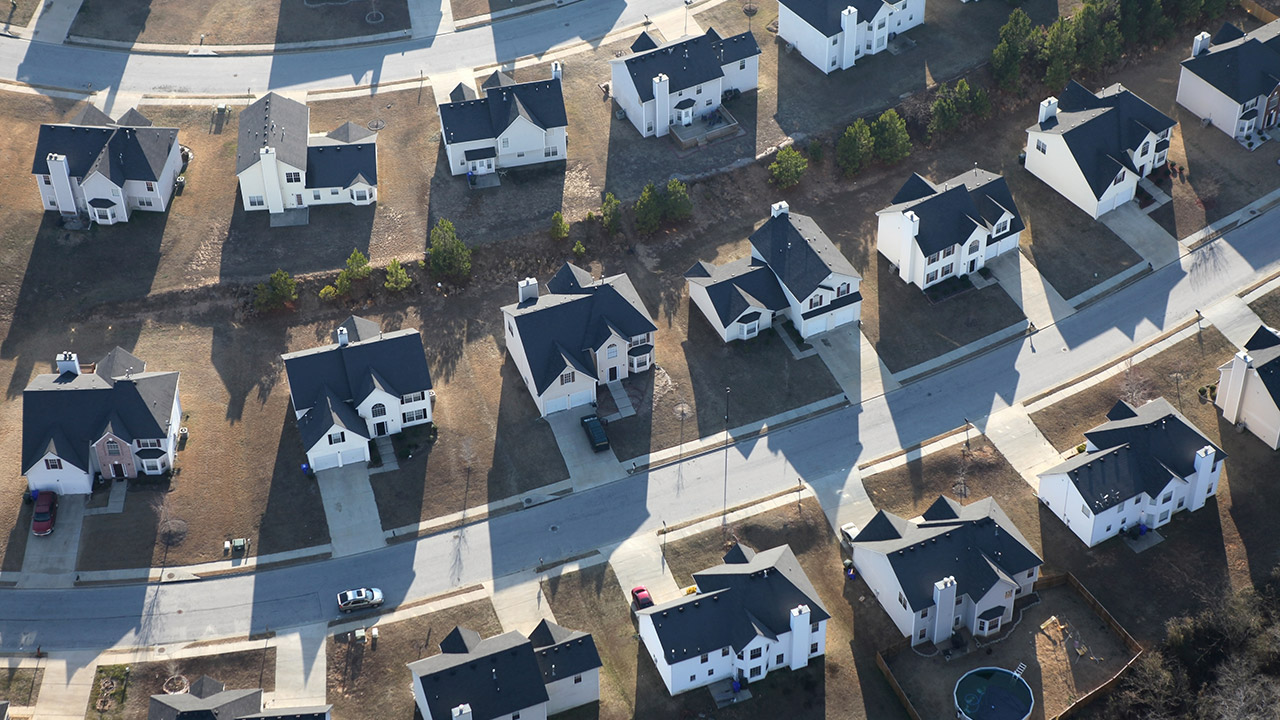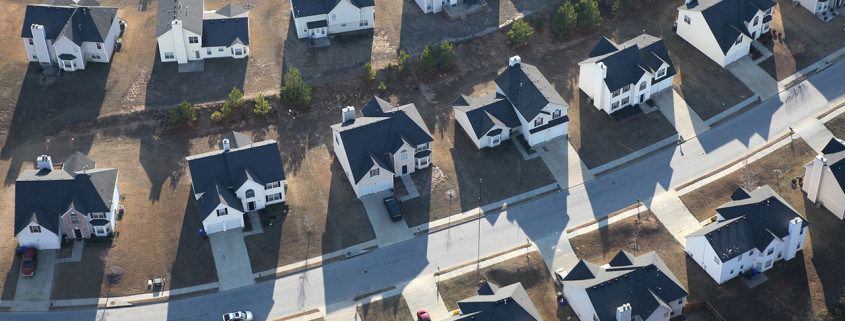How Agents Use Comparable Sales to Price a Home
Selling your home? How much you list it for can make a big difference in the length of time your home sits on the market before getting any offers. Price it inaccurately, and you’ll either scare off buyers, or leave money on the table. Price it right, and you can sell in a short amount of time and get fair market value for it.
So, how much can you get for your house? The answer to that question can be answered by having a look at similar homes in the neighborhood that recently sold.
Checking out these comparable sales – or ‘comps’ – will give you the most accurate idea of the current market value of your home, and therefore how much you can likely sell it for. Comparables are crucial components in your real estate agent’s arsenal of tools when it comes to pricing a home correctly. Comparing your home with similar properties is really the only way to come up with the right listing price.

Here’s how your agent uses these comps to find that magic number.
1. Choose Homes Very Similar to Yours
Comparable homes that are looked at need to be similar in the following categories:
- Square footage
- Home type – 2-story, bungalow, townhouse, etc
- Home amenities – Pool, library, gym, etc
- Lot size
- Condition
There’s no sense in looking at what a 4-bedroom, 2-story home sold for if you’ve got a 3-bedroom bungalow, just as it would be futile to compare a home sitting on 2 acres while your lot is only 30′ x 110′ in a subdivision. The closer the features of previously-sold homes are to yours, the easier it will be to identify the right price point for your listing.
2. Focus on Homes in Your Neighborhood
In addition to comparing homes with similar physical features, it’s also critical to focus on properties that are close by. On the same block would be perfect, but somewhere in the immediate neighborhood is great too.
Real estate agents will first try to find homes that are located no more than a 1-mile radius away from yours. However, there are exceptions. For instance, there might be a home that’s very similar to yours and only a block away, but it might not make a good comp if it’s backing onto a golf course and yours overlooks an industrial complex. You might be better off looking at a house that’s a little further away but is nearly identical in every aspect, including its surroundings.
2. Look at Sales No Further Back Than Three Months
Real estate markets fluctuate over time, and some are more volatile than others. In general, though, homes appreciate in value over time, with the odd dip in the market here and there. That’s why it’s important that only homes that were sold in the very recent past are looked at for comparison purposes. A property’s worth today will likely not be the same as what it was last year.
As a general rule of thumb, realtors only look at comparables that were sold no more than three months ago – the more recent, the better. If you’re looking in super hot markets like New York City or San Fransisco where sales move extremely quickly, however, you might have to look only at the last one or two months of sales. On the flip side, sometimes sales that occurred last year or even further back are still considered comparable to your property depending on the market and how unique your home is.
3. Find at Least Two or Three Comparables Sales
Real estate agents will try to find at least two or three homes that are very similar to yours in the above-mentioned categories. That way they’ll be able to get a better idea of the current value of your home. If all the homes sold roughly around the same price, you’ll have a better understanding of how to price your home.
If there’s a big gap between the sales prices of these similar homes, your agent will try to find out why. There are plenty of reasons for this. Maybe there was a major issue with the home behind the scenes that wasn’t detailed in the data, or perhaps the home was sold to a family member at a heavy discount. Whatever the reason, it might be necessary to look at more homes, go slightly outside the area, or go a little further back in time to try and gauge where your home’s value sits in the current market.
4. Look at Listing Prices Versus Actual Sales Prices
It’s helpful to determine how much of a gap there is between the original listing price of a comp and its eventual sales price. In slow markets, these gaps tend to be a little larger, while in hotter markets, there’s virtually no gap. In fact, many times homes sell close to – or even over – the listing price.
Realtors will look at the sales price to list ratio to help them gauge where your home falls as far as an appropriate listing price is concerned. For instance, if a home is listed at $300,000 and eventually sells for $285,000, the sales-to-list price ratio in this case would be 95% ($285,000 ÷ $300,000). Properties that are accurately priced according to current market data sell closer to their list price, and sell faster too.
Obviously, a ratio as close to 100% as possible is ideal. Buyers are well-informed, and come into the game armed with up-to-date information about what homes in the area are selling for in the current market. They’re not going to pay more for a home than what other similar properties have been selling for.
Comps are considered the best tool to help come up with the right listing price of a home because they offer actual data to compare to. Finding out how much homes similar to yours sold for will give you the best idea of what the current value of your home is. They’ll help you come up with the ideal listing price that will help you sell your home faster, and bring the most money to the table.



